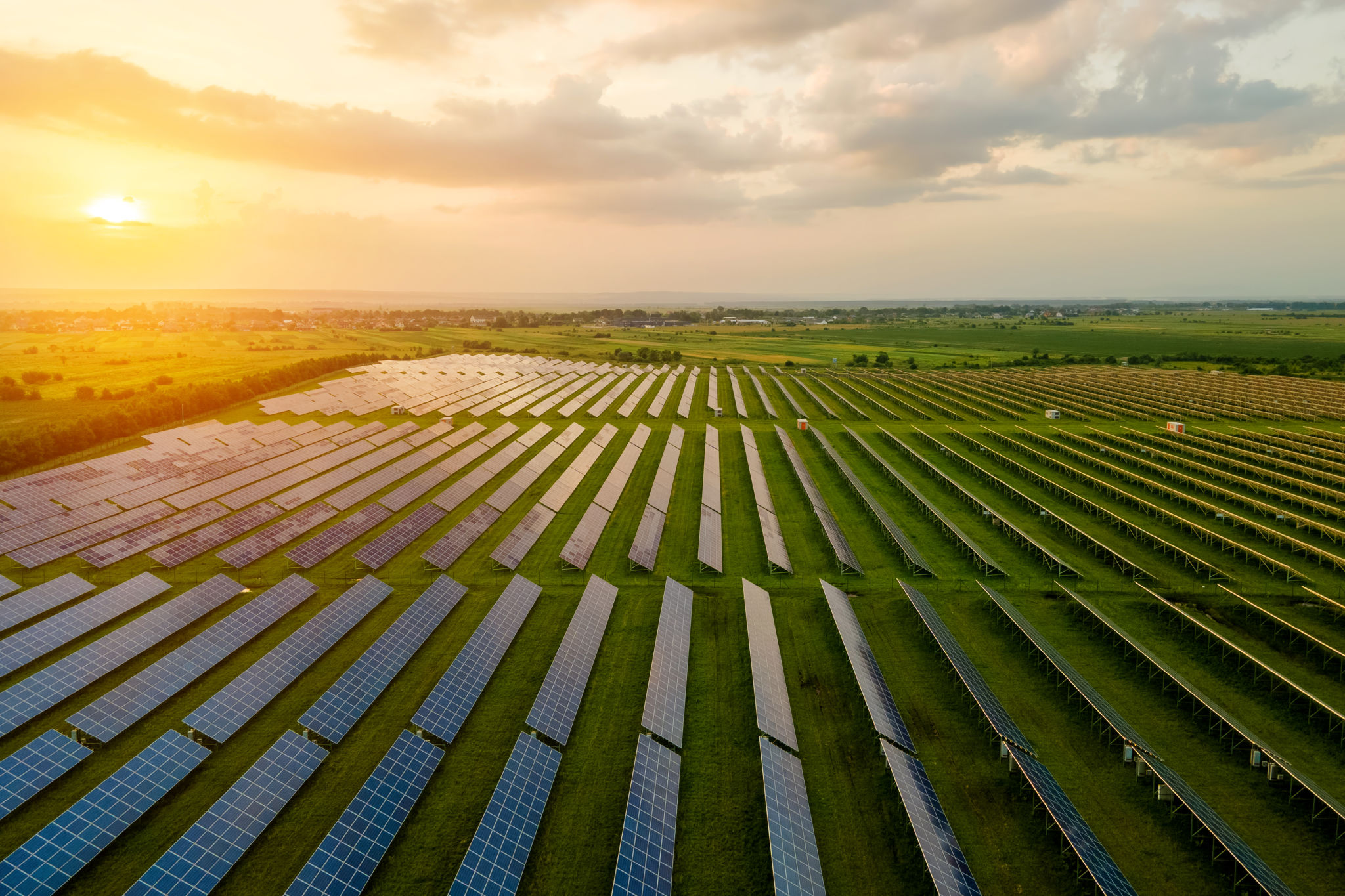Expert Tips for Managing Large-Scale Solar Projects
Understanding the Scope of Large-Scale Solar Projects
Large-scale solar projects are monumental undertakings that require meticulous planning and execution. These projects typically involve the installation of thousands of solar panels over vast areas, often spanning multiple acres. The complexity of such projects necessitates a thorough understanding of the scope, including logistical considerations, regulatory compliance, and technological integration. Identifying the right location, assessing potential environmental impacts, and ensuring access to infrastructure are crucial early steps in the planning process.

Effective Project Planning and Management
Successful management of large-scale solar projects hinges on effective planning. This involves assembling a skilled project management team that can oversee various stages from inception to completion. It's important to develop a comprehensive project plan that delineates timelines, budgets, resource allocations, and risk management strategies. Utilizing project management software specifically designed for large projects can significantly streamline operations and improve communication among stakeholders.
Implementing robust monitoring systems is also essential to track progress and address any issues that arise promptly. Regular updates and assessments help ensure the project remains on schedule and within budget, minimizing the risk of costly overruns.
Ensuring Regulatory Compliance
Navigating the regulatory landscape is a critical aspect of managing large-scale solar projects. Compliance with local, state, and federal regulations is mandatory, and failure to adhere can result in significant delays or financial penalties. Engaging with legal experts who specialize in renewable energy can provide invaluable guidance through this complex process. They can assist in securing necessary permits, conducting environmental impact assessments, and ensuring adherence to zoning laws.

Optimizing Resource Allocation
Efficient resource allocation is vital for the success of large-scale solar projects. This includes both human resources and material assets. Ensuring the availability of skilled labor and reliable suppliers of solar technology components is crucial. Developing strong partnerships with local contractors and suppliers can enhance project efficiency and reduce costs.
- Coordinate with local authorities to facilitate smooth operations.
- Leverage technology to optimize energy output and system performance.
- Implement sustainable practices to minimize environmental impact.
Leveraging Technological Advancements
The solar industry is rapidly evolving, with technological advancements offering new opportunities for efficiency and cost reduction. Incorporating cutting-edge technologies such as smart grids, energy storage solutions, and real-time monitoring systems can enhance the performance of large-scale solar projects. Staying abreast of industry trends and investing in research and development can position projects at the forefront of innovation.

Fostering Community Engagement
Community engagement plays a significant role in the successful implementation of large-scale solar projects. Building strong relationships with local communities can foster support and mitigate potential opposition. Organizing informational sessions, addressing community concerns, and highlighting the environmental and economic benefits of solar projects can enhance public perception and cooperation.
Furthermore, offering job opportunities and contributing to local development initiatives can strengthen community ties and create a positive impact beyond the immediate scope of the project.
Conclusion: Keys to Success in Large-Scale Solar Projects
Managing large-scale solar projects successfully requires a combination of strategic planning, technological innovation, regulatory compliance, and community involvement. By focusing on these key areas, project managers can overcome challenges and deliver sustainable energy solutions that benefit both the environment and society. As the demand for renewable energy continues to grow, mastering these elements will be essential for leading the charge toward a greener future.